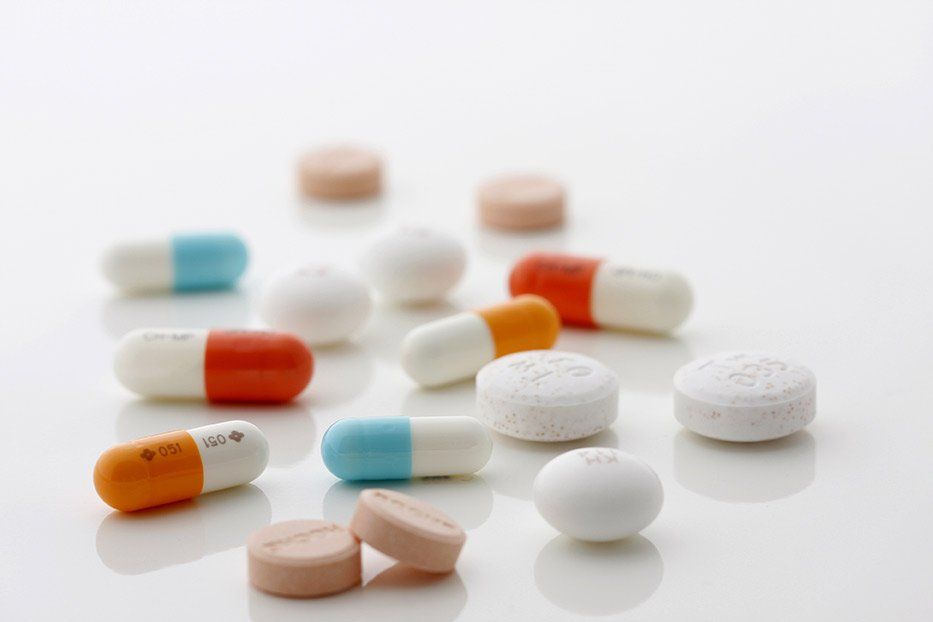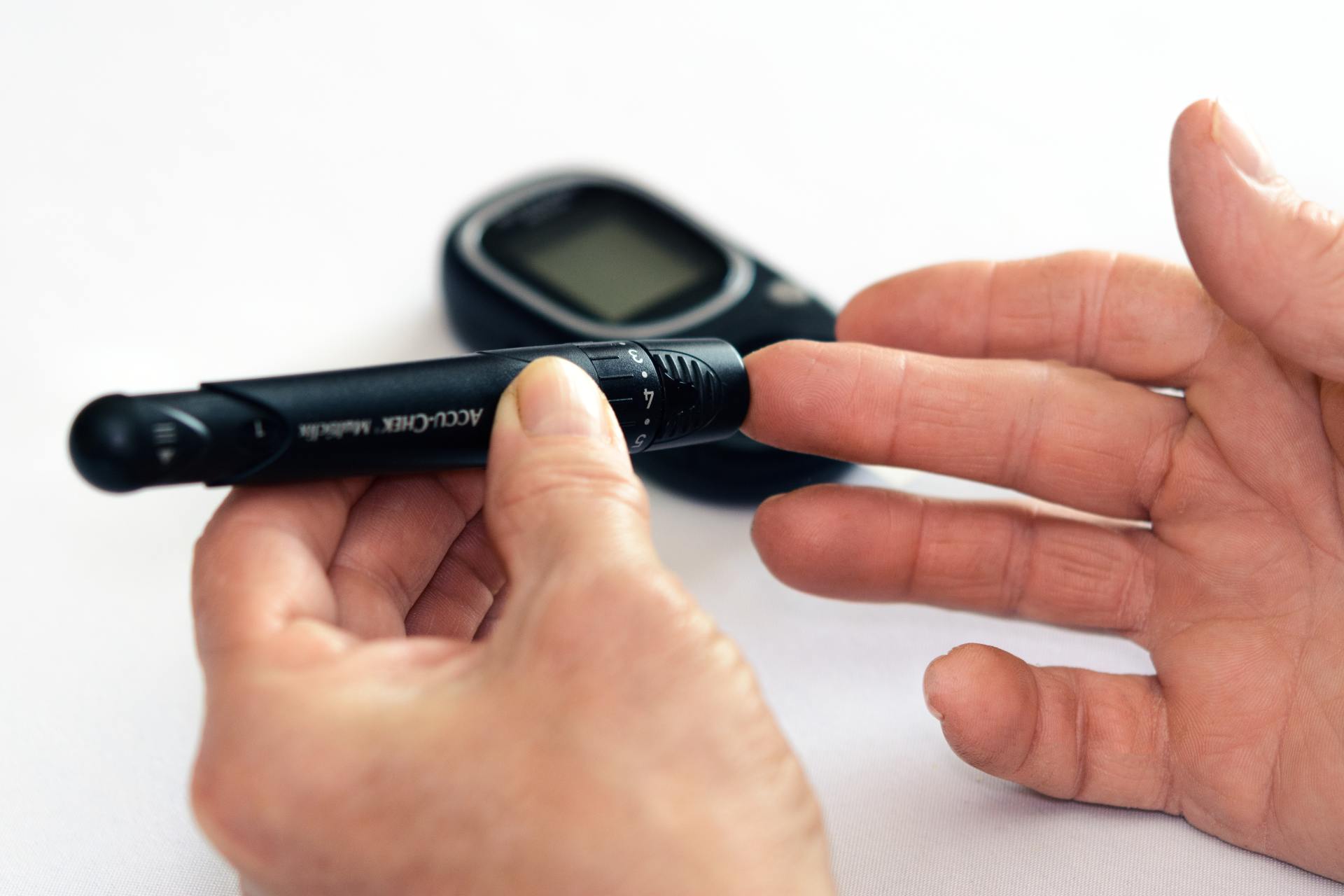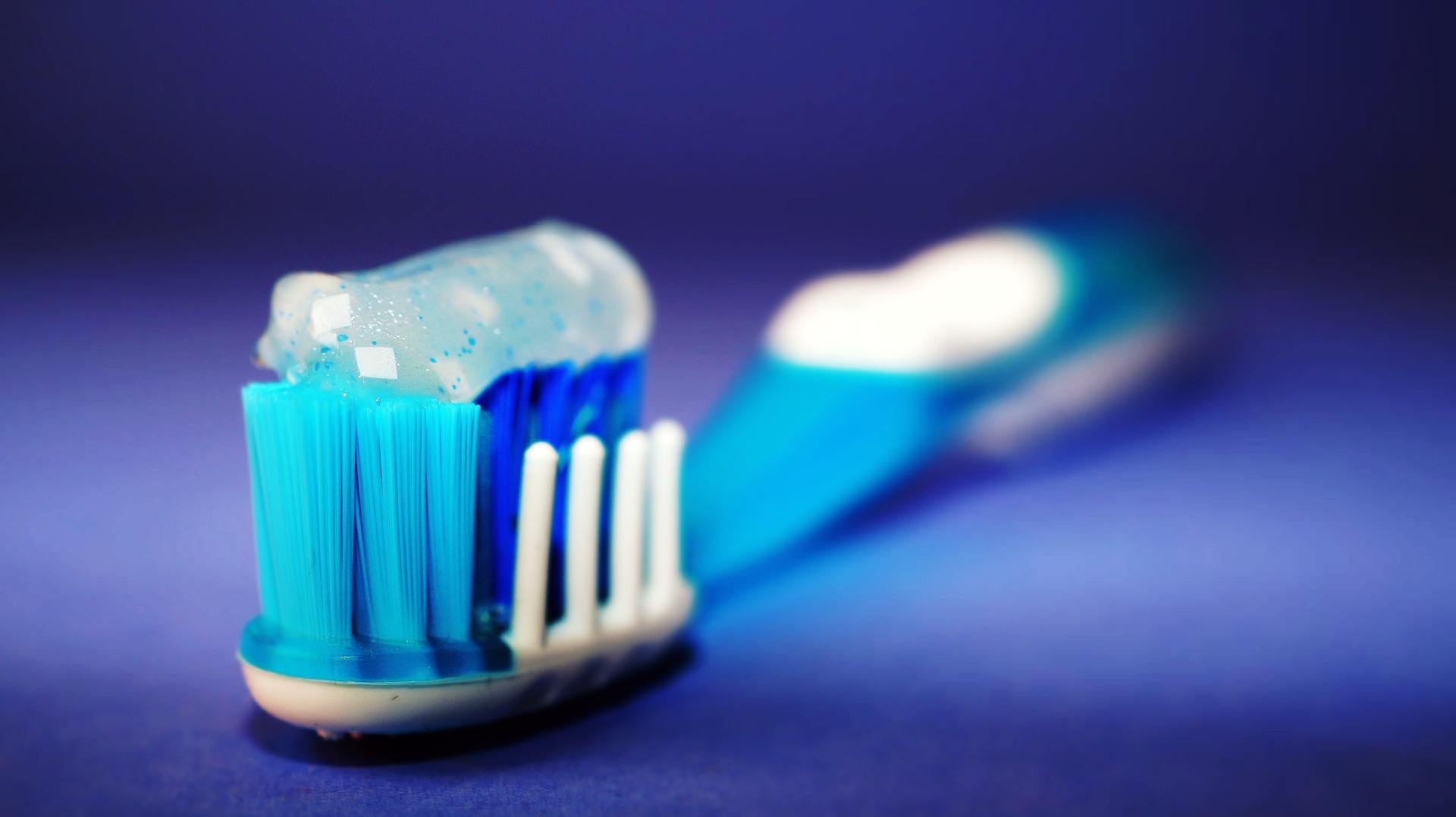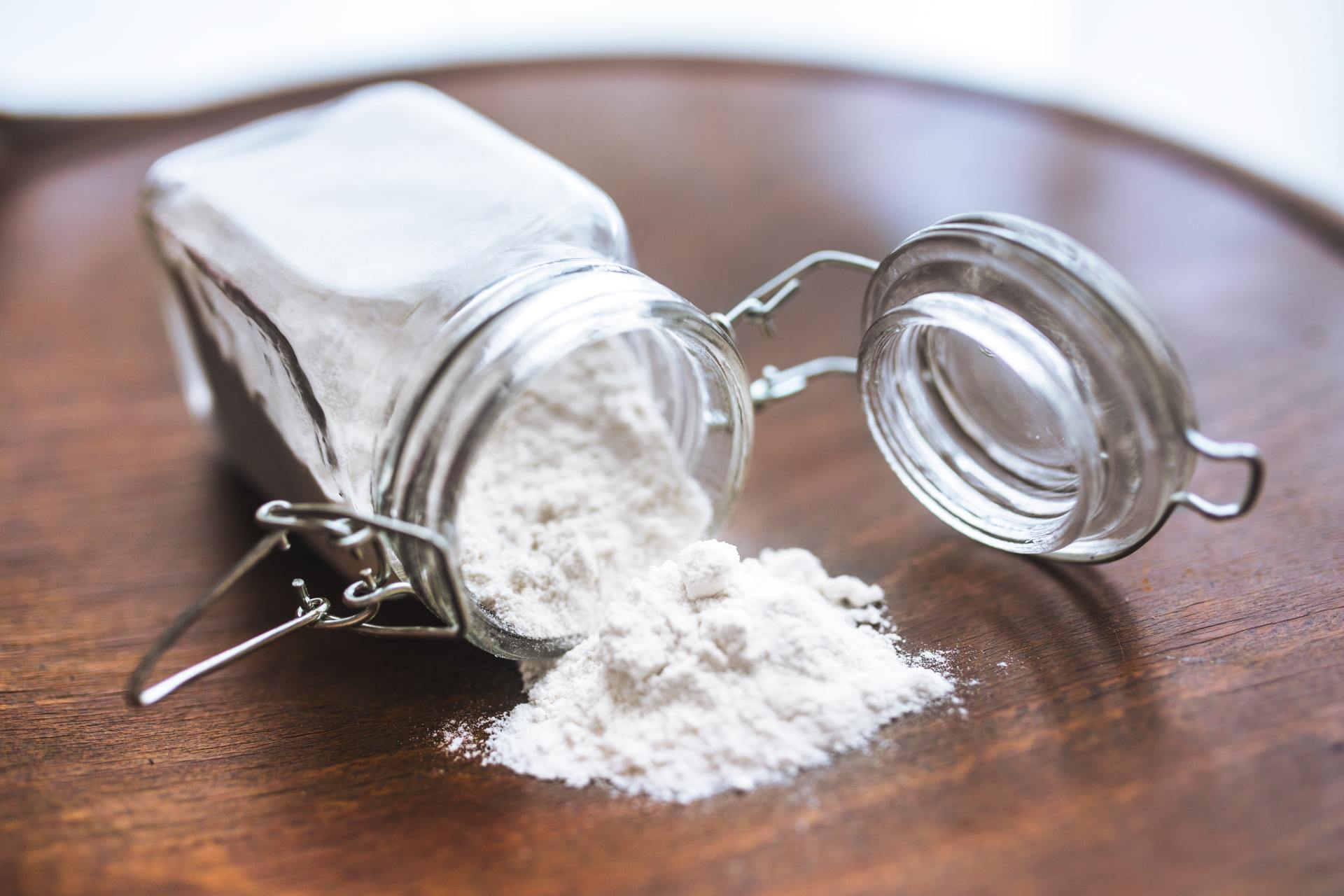Pharmaceutical Power
- By Healthy Living Liberty Lake
- •
- 27 Sep, 2017
- •

In an article by Jim Kozubek on August 17, 2017 titled, “We’ve already got Socialized Medicine…Unfortunately, the biggest recipients of government help are the pharmaceutical companies, not patients,” he discussed approval of genetically engineered T-cells for commercial sale. “On July 12, an FDA panel recommended approval of the first genetically engineered T-cell for commercial sale to treat childhood leukemia.”
Engineered T-cells will no doubt be in high demand as they become available. Unfortunately, this drug could eventually cost up to $300,000 per patient; a price that only multi-millionaires could afford. As with any new drug, Medicare and regular insurance companies will never pay such prices.
This author wonders…what ever happened to doing good for good sake? Whatever happened to sharing knowledge for the good of all mankind? The trend in the pharmaceutical world today is to see what the market will bear and then readjust over the time it takes for the patent to run out.
Of course, our hope is that as time goes on the price will come down. A prime example is the drug Prilosec, originally marketing in the mid-nineties retailed for $150-$225 (about $5-6 per pill) for a 30-day supply. Today, one can purchase a 90-day supply over the counter for about $18-22, or $0.22 per pill.
Cancer therapy has always been a big business, not only for the pharmaceutical companies, but for enormous institutions that have built up around it. It’s no wonder the powers that be are not interested in any alternative therapy ideas (such as CBDs) that may prove to be more effective and far less expensive than what we have now.
With prices even at a fraction of what some companies charge as well as hospitals (e.g. $750,000 for a quadruple bypass) its no wonder more and more people are forced into poverty and therefor have to rely on welfare to exist.
For instance, the National Health Services in Britain will be hard-pressed to reimburse for six-figure biologics. If so, the only ethical action would be to use the power of the state to force down the cost of such cancer drugs.
Novartis manufactured a new gene editing system drug, and spent only $25,000 to produce it; then resells it for $300,000. While there is no harm in profit, there should be limit when it comes to death and dying.
And wonder why there are so many commercials promoting the idea of universal screening for Hepatitis C? these are paid for by the drug company that makes the drug to cure Hep C, at a cost of $1000 per pill! The dose is one pill per day for three months, costing an average of $90,000 per treatment.
President Trump told the pharmaceutical industry that they are next to be reigned in. Let’s hope so, or our healthcare costs will continue to spiral.
By Dr. Susan Ashley, M.D.

By Dr. Susan Ashley, MD

By Dr. Susan Ashley, MD

Opiates taken long term also leads to a reduced pain threshold, meaning a person on them will feel pain at a much earlier level than someone else.
There's a lot of interest now in using cannabis to reduce chronic pain, and studies have shown they can be quite effective for neuropathy, migraines, spasticity and joint pain.
However, it doesn't always work, and now a new study shows why.
Then at the end of the 4 years, the people who used cannabis for pain had greater pain severity scores They also found that the meds and other remedies taken for pain were less likely to be effective. In addition, they had greater generalized anxiety disorder severity scores. The bottom line-- the cannabis users were not able to decrease the use of narcotics. Why?
Because of the well known fact that chronic narcotic use decreases pain threshold. In fact in some people the threshold becomes so low that even minor pains can seem intolerable. In essence, the narcotics cancel the pain relieving effects of the cannabis.
Chronic opiates should be avoided as much as possible in chronic pain. Tolerance develops quickly, addiction can occur, and pain threshold is lowered. If you have chronic pain, use other modalities first to try to alleviate the pain. This includes cannabis, acupuncture, anti-inflammatory drugs, weight loss, energy medicine, and stem cells. We have used IV stem cells for reduction of neuropathy pain with good effects.
By Dr. Susan Ashley, MD

Not only that, but those who walked at a fast pace reduced their risk of death even further, by 24 percent.
All it took was putting one foot in front of the other a little more quickly!
And when the researchers zeroed in on cardiovascular disease deaths among participants over age 60, the results were even more striking.
Compared to the slowest walkers, average-paced walkers slashed their risk of dying from cardiovascular disease by 46 percent -- and the fast-paced walkers slashed it by a whopping 53 percent.
Now, the study didn't determine exactly how walking at a faster pace can add years to your life. And how fast do you have to walk just to hit the "average" mark? How brisk is brisk?
In the study, a "fast" pace was defined as one that makes you slightly out of breath or sweaty when sustained. That could vary depending on how much you weigh, how much sleep you got, how much you ate earlier in the day, etc. So there was no exact speed such as 3 mph or 4 mph.
By Dr. Susan Ashley, MD

By Dr. Susan Ashley, MD

Side effects of triclosan include:
- About 1/2 cup coconut oil
- 2-3 Tablespoons of baking soda
- 2 small packets of stevia powder
- 15-20 drops of peppermint or cinnamon essential oil
- 10 drops myrrh extract (optional)
Natural Toothpaste Instructions
- Melt or slightly soften coconut oil.
- Mix in other ingredients and stir well. If using semi-hard coconut oil, use a fork, if not, use a spoon. If you are using completely melted coconut oil, you will need to stir several times while the mixture cools to keep the baking soda incorporated.
- Put mixture into small glass jar (I make different ones for each family member)
- Let cool completely.
- To use: dip toothbrush in and scrape small amount onto bristles. Could also use a small spoon to put on toothbrush.
By Dr. Susan Ashley, MD

By Dr. Susan Ashley, MD

By Dr. Susan Ashley, MD

By Dr. Susan Ashley, MD

By Dr. Susan Ashley, MD
